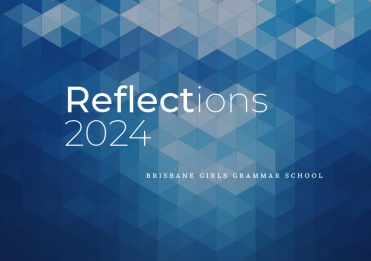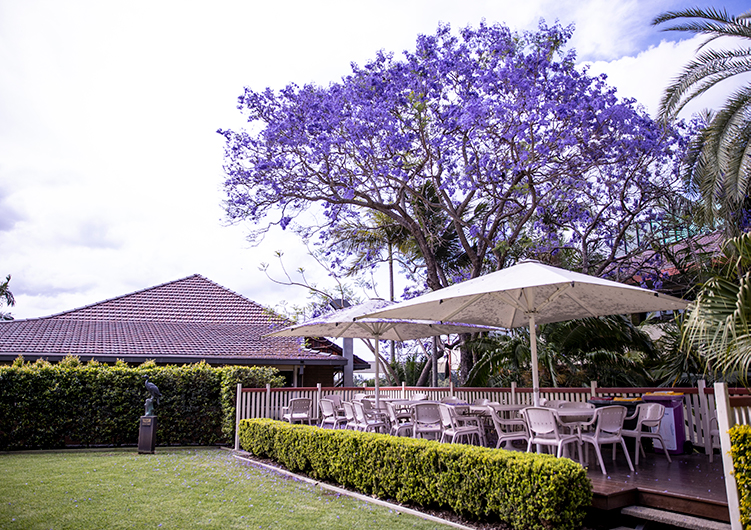
2021 Stage Lawn jacaranda
Last year could be interpreted as a year of catastrophes. Not only did the world, and Grammar girls, have to contend with a global pandemic, but they also had to cope with what some saw as worse than COVID-19: the revival of Year 12 external examinations.
To many previous generations, this may have seemed a little puzzling as this type of assessment is not new at all. Indeed, students have been sitting for examinations at the end of high school and to access university studies for a very long time. The School archive has records and artefacts of external exams as far back as 1888.
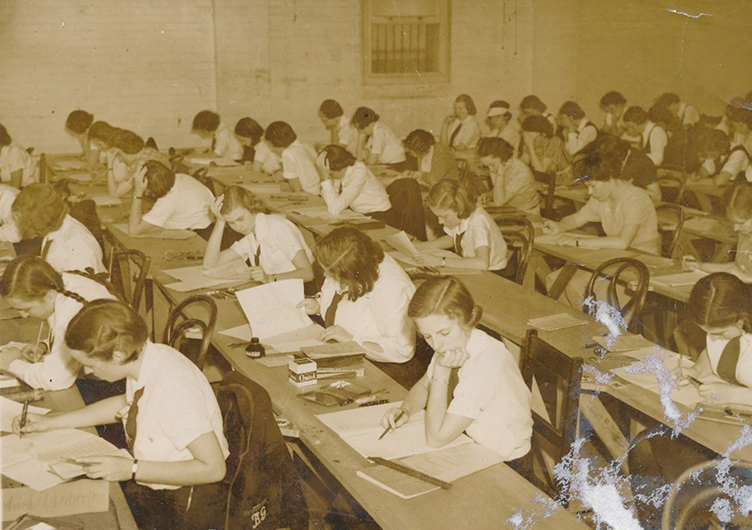
1947 external exams with fountain pens and bottles of ink
I remember sitting for both Junior and Senior public examinations for every one of my subjects at the end of Grade 10 (IVth Form) and Grade 12 (VIth Form). My clearest memory of Junior was doing my Art exam on one of those tiny art desks in W1.4. I was more concerned about spilling the water than the quality of my art, which was a not-very-good street scene set in Regency England. I think I chose that because, at age 14, I loved reading Georgette Heyer historical romances and the long dresses meant I did not have to paint legs.
‘Senior’ evokes more dreaded memories, especially the six hours of maths. It was also much more critical than Junior because my results would directly impact my hopes for university. The prospect was daunting, and the timetable to accommodate every subject studied in the state seemed punishing and went on for weeks. I envied those students whose exams were over much earlier than mine—what I would have given for those extra holidays!
I remember especially the six hours, in two three-hour papers on the same day, that was English. This was scheduled for the first day of exams in my Senior year. It covered all the work we had studied in Years 11 and 12—paper one, a creative piece (600-700 words), comprehension passages and questions, an exercise in vocabulary or grammatical correction of sentences, an unseen poem and questions, and a transcription into phonetics. Paper two—identifying and discussing extracts from taught poems, an essay on poetry or the work of a particular poet, and essays on two Shakespearean plays (Coriolanus and Hamlet) and the Douglas Stewart radio play, The fire on the snow, Emily Bronte’s novel, Wuthering Heights, and a book from the General Reading List. I remember the cramped writing hand and fingers after that day.
But I survived and went to university, like so many other Grammar girls before me, never dreaming I would have to think about Senior ever again. However, I opted for a career in education and started teaching at Girls Grammar in the final year full external Senior Exams were scheduled. Since then, teachers and students have endured different iterations of school-based assessment and the Core Skills Test. Now, the latest version has arrived, a combination of both external and school-based assessments. Each generation probably thinks their experience is the worst—or the best—system.
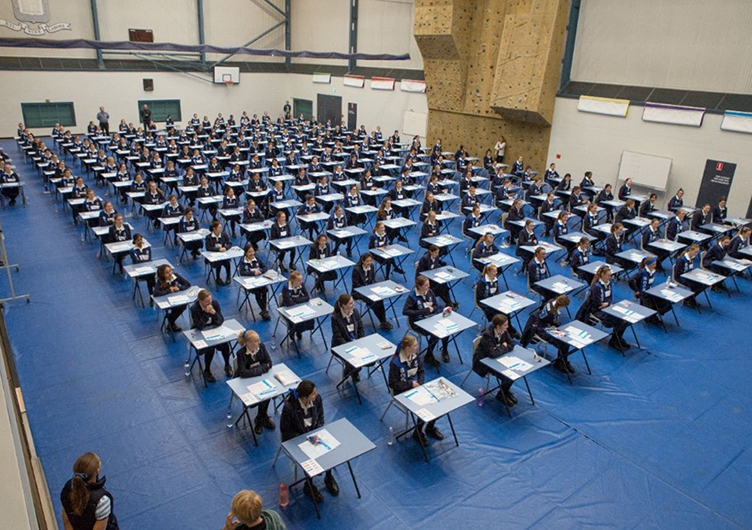
2017 The perfect symmetry of the Core Skills Test
The arrival of those first jacaranda flowers was always the ominous signal that the time was imminent when students would have to face those dreaded papers—whose unseen quality was probably their most challenging aspect. Do I know enough? Have I memorised sufficient quotations and formulas? Will my handwriting be legible? The questions swirled. But, unsympathetically, the jacarandas still bloomed every year. After all these years, that signal still makes the stomach churn—just a little.
Ms Kristine Cooke (Harvey 1967)
Director of the Library and Information Services

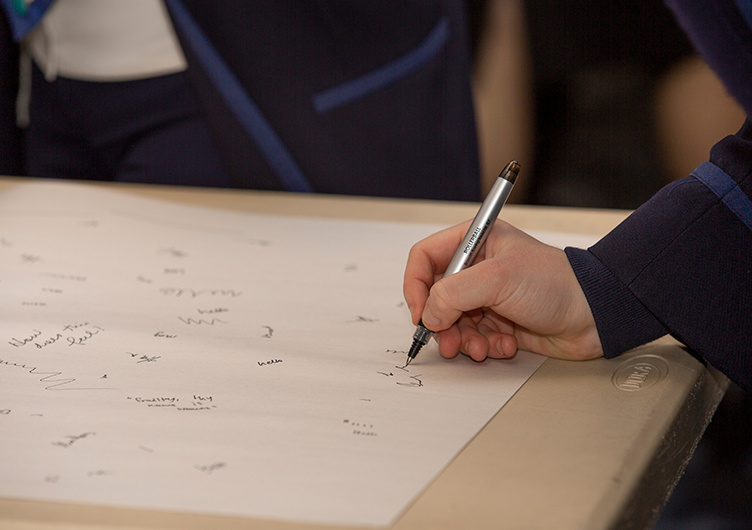
Each year, Senior students 'test-drive' their new pen, choosing what is the most comfortable option for their exams



